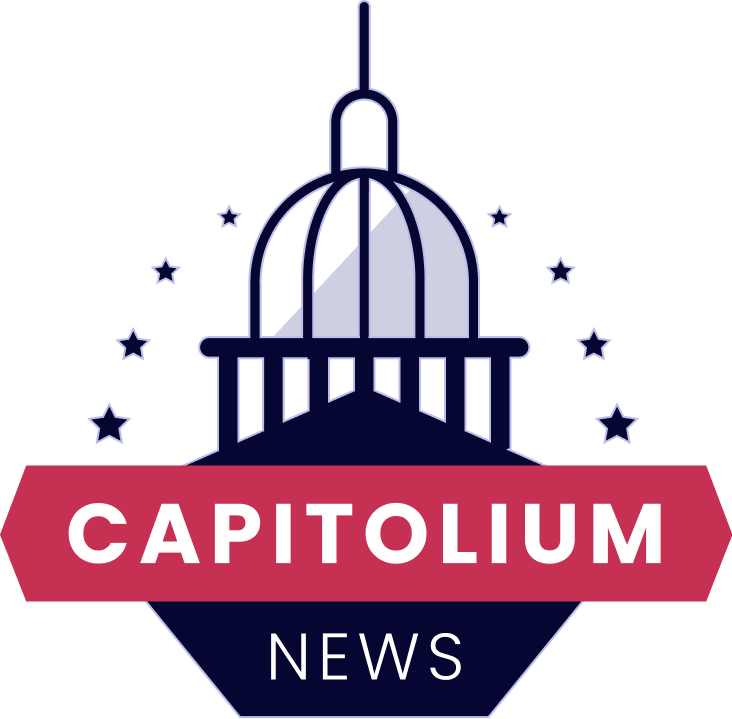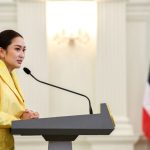The recent mixed jobs report released by the Labor Department has sparked a wave of speculation about the future actions of the Federal Reserve. While the report showed a lower-than-expected gain of 130,000 nonfarm payrolls in August, it also revealed positive revisions from previous months and stable unemployment at 3.7%. This combination of data has left many experts uncertain about the course the Fed will take regarding interest rates.
Some analysts believe the Federal Reserve will continue with its plan for rate cuts despite the mixed job data. Avery Shenfeld, Chief Economist at CIBC Capital Markets, argues that the Fed’s primary focus on inflation will keep them on track for further rate reductions, in an attempt to stimulate economic growth. Shenfeld’s perspective aligns with the Fed’s past statements indicating a willingness to act decisively to support the economy.
Contrary to Shenfeld’s view, other experts are more cautious about the possibility of future rate cuts. Michelle Girard, Chief U.S. Economist at NatWest Markets, highlights the relatively strong job market and wage growth as reasons for the Fed to pause its rate-cutting cycle. Girard suggests that the Fed may adopt a more data-dependent approach, closely monitoring economic indicators before making any further adjustments to interest rates.
The uncertainty surrounding the Federal Reserve’s actions has led to mixed reactions in financial markets. Bond yields initially rose following the jobs report, reflecting concerns about potential inflationary pressures if the Fed continues to cut rates. However, some investors are betting on further rate reductions, with market expectations of a 25-basis-point cut in September remaining strong.
Looking ahead, the Fed will likely face a challenging decision as it navigates the complex economic landscape. The escalating trade tensions between the U.S. and China, coupled with global economic slowdown risks, add to the uncertainty surrounding future monetary policy decisions. The Federal Reserve’s ability to balance these factors and steer the economy towards stable growth will be critical in the coming months.
In conclusion, the mixed jobs report has intensified the debate among experts regarding the Federal Reserve’s path forward. While some anticipate continued rate cuts to support the economy, others advocate for a more cautious approach given the solid job market indicators. The coming months will reveal how the Fed responds to these conflicting signals and how its decisions shape the future direction of U.S. monetary policy.



